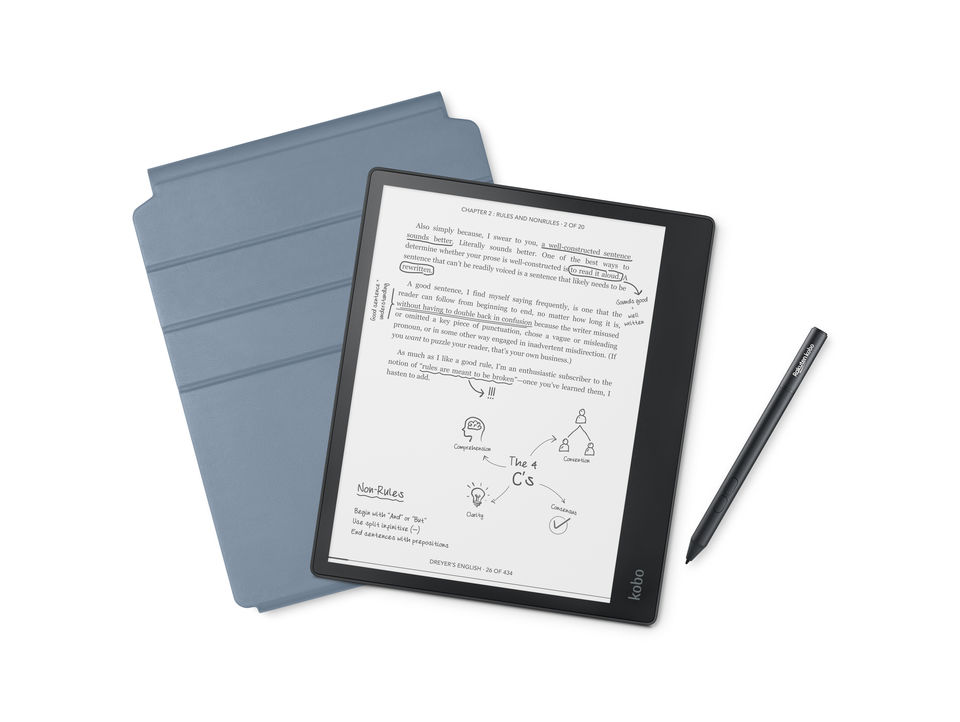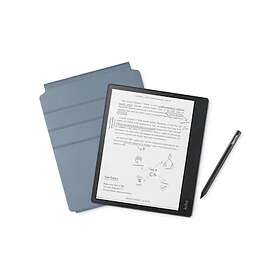

And, it’s not designed for one-handed use. It’s too large to use on public transport, even if you’ve got a seat, and feels heavy in the hand, even without a sleepcover. Kobo says the Elipsa is an ereader first, but with a screen size of 10.3 inches and 383g in weight, it’s not quite as portable as traditional ereaders. It’s unclear if there are any significant changes to the processor, memory, storage, or operating system that powers the device, but it looks like the Kobo Elipsa 2E has a new textured back, which could make it a little more comfortable to hold than the smooth-backed first-gen Elipsa.Then there’s the size and weight considerations. There’s also no support for tilt detection. But Dz Device says the new stylus still isn’t as responsive as some of the pens available for other tablets, and while it supports pressure sensitivity, it seems to have a rather limited range of sensitivity. Kobo has also introduced a new Kobo Stylus 2, which adds an eraser, and a rechargeable battery and USB-C charging port (the previous model used a removable AAA battery). The original Kobo Elipsa had a front-lit display, but lacked the color adjustment feature. That allows you to reduce blue light at night time, for example, if you don’t mind giving the screen a yellow-orange tint. But the new model has Kobo’s ComfortLight Pro system, which means you can adjust the color temperature of the front light. Kobo hasn’t officially announced the new model yet, but someone going by the name Dz Device seems to have gotten their hands on one, and posted an unboxing video on Facebook about a month ago, as spotted recently by MobileRead forum member Geared.Īccording to the video, the new Kobo Elipsa 2E has the same E Ink Carta 1200 greyscale display with 227 dpi as its predecessor. Now it looks like a new model is on the way, and the upcoming Kobo Elipsa 2E appears to be… a rather modest upgrade. It’s been nearly two years since Kobo launched the Elipsa, the company’s first eReader to feature a 10.3 inch E Ink display and support for pen input, allowing users to take handwritten notes and draw on the screen.




 0 kommentar(er)
0 kommentar(er)
